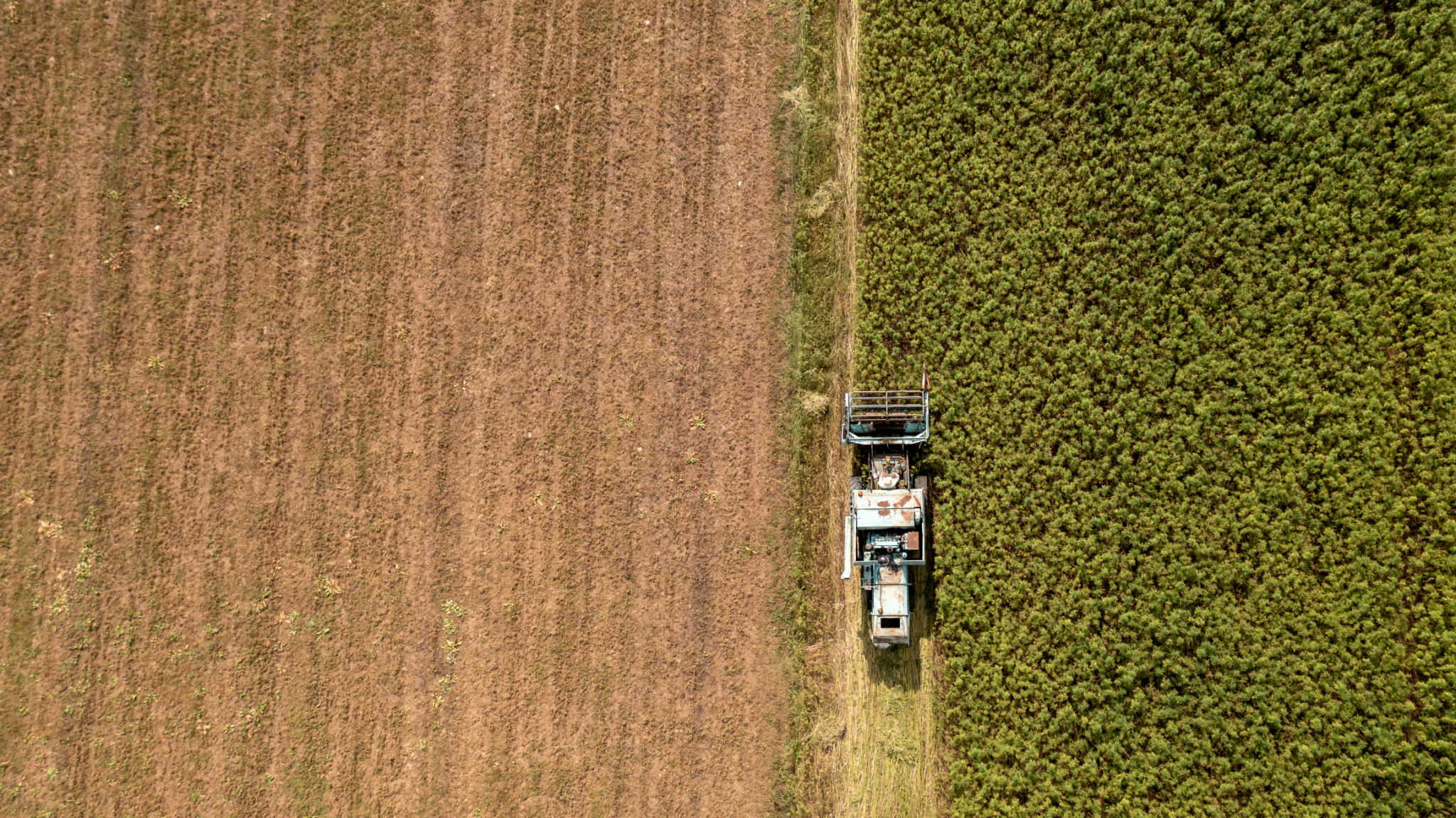The Ultimate Guide to Hemp Farming for Beginners
Understanding Hemp Farming
Hemp farming has gained significant popularity over the past few years, thanks to the versatility and sustainability of the plant. Hemp, a variety of the Cannabis sativa plant species, is grown primarily for industrial and medicinal uses. With its ability to produce a wide range of products, from textiles to biofuel, hemp is an attractive crop for farmers looking to diversify their operations.
One of the biggest advantages of hemp farming is its environmental benefits. Hemp plants are known for their ability to grow rapidly, requiring fewer pesticides and fertilizers compared to other crops. Additionally, hemp can improve soil health through phytoremediation, making it an excellent choice for sustainable agriculture.

Getting Started with Hemp Farming
Before diving into hemp farming, it's crucial to understand the legal framework surrounding its cultivation. In many regions, growing hemp requires specific licenses and adherence to regulations concerning THC levels. Ensuring compliance with these regulations is essential to avoid potential legal issues.
Once you've navigated the legal landscape, consider the climate and soil conditions of your farm. Hemp thrives in well-drained soil with a pH of 6-7.5 and requires adequate sunlight and water for optimal growth. Conducting a soil test before planting can help you make informed decisions about any necessary amendments.

Choosing the Right Hemp Variety
Selecting the appropriate hemp variety is crucial for a successful harvest. There are three main types of hemp: fiber, seed, and CBD. Each type has distinct characteristics and end uses, so it's important to choose a variety that aligns with your business goals.
Fiber hemp is ideal for producing textiles and other industrial products, while seed hemp is grown for its nutritious seeds and oil. For those interested in the booming CBD market, high-CBD hemp varieties are the best choice. Understanding your target market will guide your variety selection process.

Planting and Harvesting Techniques
Timing is essential when planting hemp. The ideal planting window typically falls in late spring when the risk of frost has passed. Hemp seeds should be sown at a depth of 1-2 inches in rows spaced 4-6 feet apart, depending on the variety.
Hemp reaches maturity within 90-120 days, depending on the type. Harvesting techniques vary based on the intended use. Fiber hemp is usually harvested when flowers start to bloom, while seed hemp is harvested after seed maturation. For CBD extraction, harvesting occurs when buds are fully developed but before they over-mature.
Post-Harvest Processing
Post-harvest processing is a critical step in maintaining the quality of your hemp crop. For fiber hemp, retting and decortication processes are necessary to separate fibers from the stalks. Seed hemp requires drying and cleaning before storage.
CBD hemp undergoes drying and curing to preserve cannabinoid profiles and prevent mold formation. Investing in proper storage facilities is essential to maintain product quality until it reaches the market.

Marketing Your Hemp Products
Once you've successfully grown and processed your hemp, it's time to bring your products to market. Developing a strong marketing strategy is key to reaching potential customers and maximizing profits.
Consider leveraging online platforms and social media to create awareness about your products. Attending industry events and building relationships with distributors can also help expand your market reach. Ensure that your branding highlights the unique benefits of your hemp products to attract eco-conscious consumers.
With careful planning and execution, hemp farming can be a rewarding venture that contributes positively to both your business and the environment.